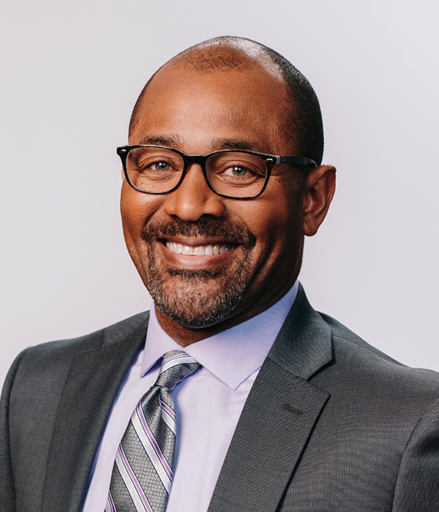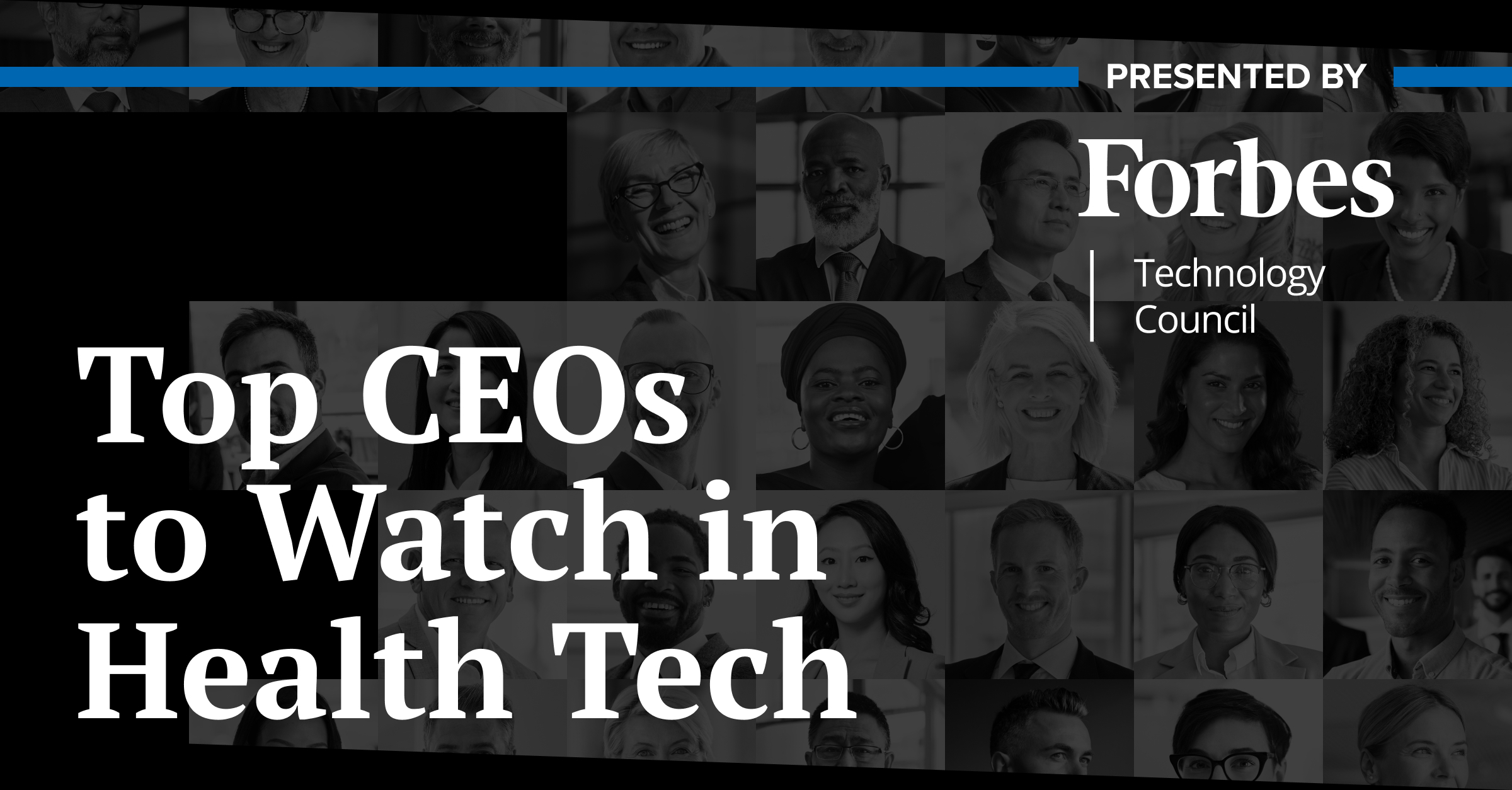As chief human resources officer at Pinnacol Assurance, a Denver-based workers’ comp insurer, Timothy Johnson is a role model for well-being and helps lead its “culture of caring.” And a major goal he’s had since day one is to also lead the way in terms of diversity, equity, and inclusion.
“One of the things I will acknowledge, because it’s no secret, about the insurance industry: it’s not very diverse,” he says. “And one of the things that attracted me [to the position] is that Pinnacol has been very committed to changing the look of the company in terms of being more inclusive and being more diverse.”
The company is building a leadership development program that could help. His team is collecting information from current executives to identify key experiences that made them the leaders they are. Then, they can create “career progressions,” charting out potential paths for future leaders to take.
Read on for an edited excerpt from our exclusive interview:
Senior Executive: How does that leadership development program support your DEI efforts?
Timothy Johnson: So I’ve shared this with the executive team: We cannot meet our goals around diversity, equity, and inclusion without putting programs in place in terms of what I call the secret sauce. But the secret sauce needs to not be secret. There are those that are pretty good at figuring out — what did other people do? And how can I advance my career based off of the learnings of others? Some people are good at that. Some people aren’t.
We want to make that transparent for folks. So that’s why we gotta do the career progression work, so we can say, regardless of your ethnicity or your gender, if you’re great at what you do, here’s the next assignment for you. And here’s the other assignment after that. And here’s the next assignment after that. We want to make that very transparent for folks…. That, to me, is the key to delivering a diverse representation. It’s doing some of this career mapping so that we make it real visible in terms of what one should do in navigating their career.
“If I, defined as a diverse individual, don’t feel like I’m being treated fairly, it can be hard for me to do the best job I can do with a company. And so it’s a business imperative to make sure we’re doing right by people in all dimensions.”
Senior Executive: Are there any specific efforts you’re making in order to bring a diverse group of people into these types of programs?
Timothy Johnson: We will once we can build the program out. We’re in the process of building the program. But in the meantime, 50% of our hires are diverse hires. That wasn’t the case before. That’s something that we’ve been doing over the past year. So lots of ways that we’re doing that. One is we’re going to diverse sources to find talent, leveraging technology, going to where diversity is in terms of leveraging social media, and we hired a diverse senior talent acquisition manager. He’s an expert in social media. And so he’s helping us find talent, leveraging technology…
And the other focus is that we work with a lot of search firms. We partner with search firms… that seem to have a knack for finding diverse talent… We go back and look at where we’ve hired talent from. We go back and look at the sourcing pool, and so we can tell what percent of the candidates they sent our way — when we do go external — are diverse, and those that tend to be on the higher side — meaning 30%, 40%, 50% — those are the ones that we want to partner with more.
And when I say partnership, it literally comes down to, we get to decide who we give a search to when we have to put something out to search. We have in-house recruiters that will go find talent for us. But when we put something out to search, we base it off of past performance, quality of hire, diverse hire, velocity, meaning the number of candidates they can send our way that we consider to be of quality. We can look at all those metrics as we track it, and then allocate a placement opportunity to a given firm.
Senior Executive: Yeah, data plays so well into all of that. You can really keep track of everything now.
Timothy Johnson: I leverage data for every decision. Like the leadership stuff, we went back and looked at how many diverse individuals were in our pipeline, and it wasn’t enough. We cannot meet our diversity goals because we don’t have enough folks that we would say are high potential right now or ready now. And so you can change that by building programs, and you can change that by hiring diverse talent. And a combination of those two will help you build a bit, but we went back and looked at that. And so here’s where the holes and gaps are. And here’s what we need to build a plan around closing it…
Senior Executive: Just to bring it back to the well being piece for a second, is there anything specific around well-being you’re working on with regard to your DEI efforts?
Timothy Johnson: Absolutely. So in our engagement scores, we were able to look at cuts of the data about employee sentiment by ethnicity. And so since we started on DEI efforts, our overall employee sentiment has gotten to be more positive over the last two years.
Like most companies, when you start a DEI effort, and you start polling employees that are diverse, sometimes you may not like what you see. And so I would say probably two and a half years ago, the data that we looked at basically said that employees that were diverse didn’t feel included… didn’t feel like they had equal opportunity…
But we’ve been on a path since that time to change that. And our overall employee sentiment has improved significantly to the point where we’re in a pretty good place… Last week, we were talking to some folks that have been here for a while, and they said Pinnacol started DEI efforts multiple times, but what we’re doing now, we’re sustaining it. It seems like the organization is for real. That’s coming from employees that have been here for 20 years, 25 years. And so I know we’re headed in the right direction.
You have to change systems, not just have change in rhetoric. You have to change the systems that you have. And so the conversation that we started with around programs, those programs, we’re going to make sure that diverse individuals are participating in those programs. We’re going to make sure that we identify the secret sauce to advancing. It won’t be secret anymore. That’s when you have real change in the organization. And so I’ve been doing this for 25 years, and I know we’re committed to really a real positive environment for everyone.
Senior Executive: What do you think specifically is different about this time that made those employees say that this feels real this time?
Timothy Johnson: Well, it started with a CEO that’s no longer with us… Some of the HR folks that were part of the DEI efforts have shared kind of a historical perspective… The Floyd incident was a point where there was some dialogue that took place in the company with employees [saying,] “This is not right. But what can we do?”
Well, what we can do is make sure we have a culture where everyone feels like they belong. And what does it take to do that? And so a consultant was brought in to spend some time with the company executives, a DEI Advisory Council was formed. An executive sponsor volunteered to lead the effort, and really for the past couple of years, between doing some training, establishing some goals, and just acting on some of the feedback, I think that’s what people are seeing.
The fact that 50% of our hires are diverse individuals when it used to be more like 20-25%? That is huge. I’m the first C-suite diverse individual in the company. That’s a step in the right direction. The area vice president that works for me, she’s a diverse individual. Thirty-two years with the company. Someone 32 years at the company has been promoted to area vice president. Someone that is every bit a part of the culture because they started off as a frontline employee claims rep and worked their way all the way through the organization. And now they’re an area vice president and the number two person in HR. To me, those are signs of progress.
Senior Executive: What are you focusing on for the end of the year and heading into 2023 to keep all of that progress going and going faster?
Timothy Johnson: It’s about hearts and minds. And so we’re doing some training/education. So we have a company called Kaleidoscope that we partner with that have worked with companies around changing hearts and minds. When I say “changing hearts and minds,” it’s really getting folks to understand the value of diversity and inclusion. And so we’re doing one-hour, two-hour workshops with all of our leaders. There’s a series of two. Everyone has to go through the workshop, but in those workshops, it really gets you to reflect on situations that get you thinking about your own personal biases. And so it’s a safe way to acknowledge that everyone has biases. Now, how did those biases show up in the workplace? How do you avoid having those biases? What should you be on the lookout for?
So that’s when I say changing hearts and minds is really creating a spirit that we’re all going to look out for something that’s inconsistent with being inclusive. And the way you do that is to get people to be able to see it, recognize it, and call it out and do something about it. And so that’s what we’re doing with our leaders. Next year, we’ll do the same thing with our broader employee base, but this year is about investing in the leaders.
Senior Executive: Why did you choose that strategy of investing in your leaders first?
Timothy Johnson: It starts with the leader. So goes the leader, so goes the team. So we’ve been pouring into the executive team. Then we went to the next layer down and are kind of working our way through all of our leaders now… We needed to make sure our leaders are walking the walk.
Senior Executive: Is there anything you wanted to add before we wrap up?
Timothy Johnson: To me, it all starts with the culture. What kind of culture do you want to have? If you want a culture of caring, you have to care about the whole person, and wellness is part of that. Mental health is part of that. What motivates someone understanding that it’s all those things? It really starts with looking at people holistically and trying to do your part to inspire, to help people get to a good place and all the many different facets of what makes people who they are. And that’s what I think is the key to leadership: getting leaders to understand that.
Said another way, if someone’s having a bad day because they’re emotionally detached or emotionally bothered by something, if we can’t help them get past that, they can’t bring their full self to work. And in diversity terms, if I, defined as a diverse individual, don’t feel like I’m being treated fairly, it can be hard for me to do the best job I can do with a company. And so it’s a business imperative to make sure we’re doing right by people in all dimensions.







